Disclosure: This article contains affiliate links. We may earn a commission from purchases at no extra cost to you, which helps our travel content.
Standing at the overlook on Mill Mountain as dawn breaks over the Roanoke Valley, I'm struck by how the morning fog creates microclimates throughout the Blue Ridge Mountains. As an epidemiologist who studies environmental patterns, I find these Appalachian valleys fascinating not just for their biodiversity but for the resilient communities that have adapted to the changing climate here. This past week, I traded my lab coat for hiking boots to explore this outdoor paradise where adventure and science intersect in the most magnificent ways.
The Blue Ridge Parkway: A Meteorological Marvel
The 469-mile Blue Ridge Parkway isn't just a scenic drive—it's a living laboratory of climate adaptation. My journey began at Explore Park (milepost 115), where the visitor center provides excellent context on how the region's weather patterns have shaped both recreational opportunities and ecological challenges.
The parkway's elevation changes create distinct microclimates that support remarkable biodiversity. Hiking the Chestnut Ridge Trail here, I documented temperature variations of up to 15°F between valley floor and ridge—a phenomenon that explains why you can experience multiple seasons in a single day's adventure.
For data collection during hikes, I rely on my handheld weather meter which has proven invaluable for tracking these microclimatic shifts. The barometric pressure readings have helped me predict afternoon thunderstorms with surprising accuracy, a critical safety factor when planning ridge hikes.

💡 Pro Tips
- Start Blue Ridge Parkway hikes early to avoid afternoon thunderstorms common in summer months
- Check the parkway's real-time closure map before heading out as weather events frequently close sections
- Pack for multiple climate zones, even for short hikes—temperature variations can be extreme
Carvins Cove: Watershed Protection Meets Mountain Biking
Carvins Cove Natural Reserve represents a fascinating case study in watershed management doubling as a recreational haven. At 12,700 acres with over 60 miles of trails, it's the second-largest municipal park in America and protects Roanoke's primary water source.
As someone who's studied water systems globally, I was impressed by how the trail system was designed to minimize erosion and protect water quality while still offering world-class mountain biking. The Gauntlet trail provides a technical descent that follows natural water drainage patterns, while the gentler Songbird Trail offers stunning reservoir views.
For hydration during long rides here, I've switched to the filtered water bottle which allows me to safely refill from streams when needed. The filtration system removes 99.99% of waterborne pathogens—critical knowledge for an epidemiologist who understands what lurks in seemingly pristine mountain water.
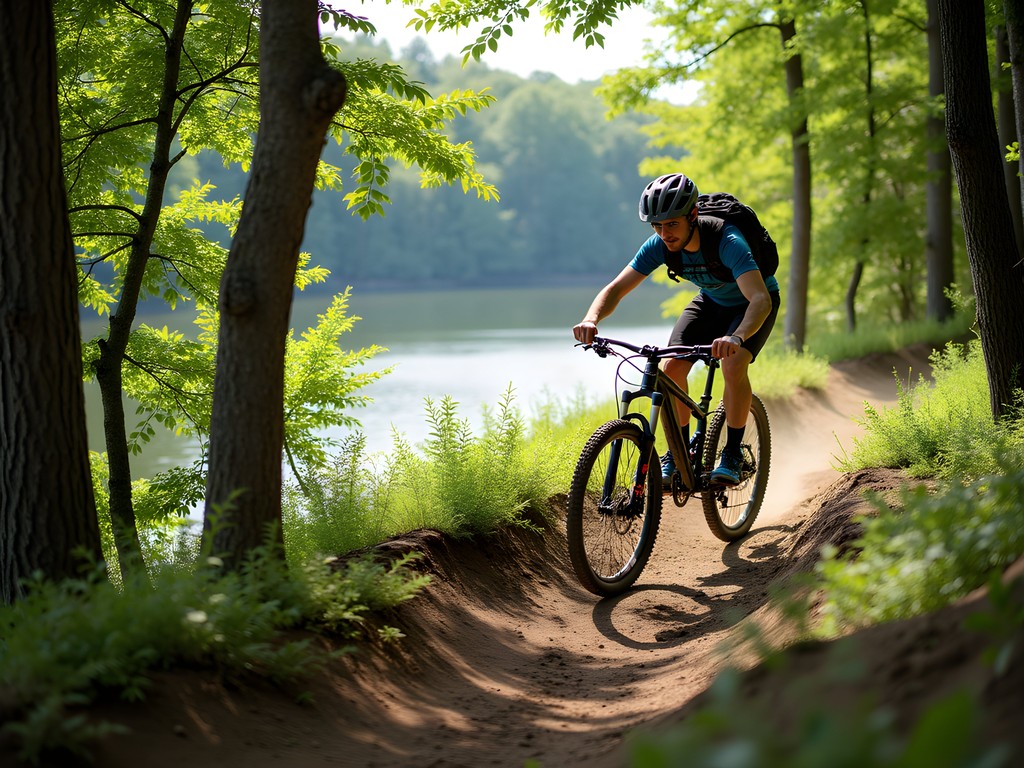
💡 Pro Tips
- Purchase a day pass online before arriving to avoid waiting at the limited entrance kiosks
- The Tuck-a-way trail offers the best intermediate riding experience with sustainable berms and drainage features
- Bring twice as much water as you think you'll need—the reservoir water is not treated for drinking despite appearances
McAfee Knob: Analyzing Footpath Sustainability on the Appalachian Trail
The iconic McAfee Knob hike represents both the promise and challenges of sustainable outdoor recreation. As one of the most photographed spots on the 2,190-mile Appalachian Trail, it faces significant human impact. My 8.8-mile round-trip journey to this legendary outcrop offered insights into trail maintenance techniques that mitigate erosion in high-traffic areas.
The Appalachian Trail Conservancy has implemented innovative solutions here, including stone water bars and elevated walkways that have dramatically reduced trail degradation despite increasing visitor numbers. Having documented similar interventions in Nepal's trekking corridors, I was impressed by how these techniques have been adapted to local conditions.
For navigation and environmental data collection, I've come to rely on my GPS hiking watch which not only tracks my route but provides barometric pressure readings that help me anticipate weather changes—crucial when you're exposed on ridgelines like McAfee Knob.

💡 Pro Tips
- Use the shuttle service from the Orange Market on weekends to avoid parking challenges
- Start by 7am to avoid crowds and afternoon heat—the parking lot fills completely by 8:30am in summer
- The fire road route is less scenic but offers a more sustainable alternative when the main trail is muddy
Sustainable Accommodations: Climate-Resilient Lodging in Roanoke
My research into climate-adaptive architecture has led me to seek out accommodations that demonstrate environmental resilience. In Roanoke, I discovered several options worth highlighting.
The historic Hotel Roanoke has implemented impressive water conservation systems and energy efficiency upgrades while maintaining its 1882 Tudor-style charm. Their rainwater collection system reduces runoff into the nearby Roanoke River watershed—a model for historic building adaptation.
For a more immersive experience, I spent two nights at the portable hammock camping system along the Appalachian Trail near Dragon's Tooth. This ultralight shelter allowed me to monitor nighttime temperature variations while minimizing my environmental footprint. The integrated bug net proved essential during Virginia's humid summer nights.
Most impressive was Black Lantern Inn, a B&B in nearby Roanoke that has retrofitted a 1920s home with passive solar design elements and permeable hardscaping that mitigates stormwater runoff—increasingly important as climate change brings more intense precipitation events to the region.
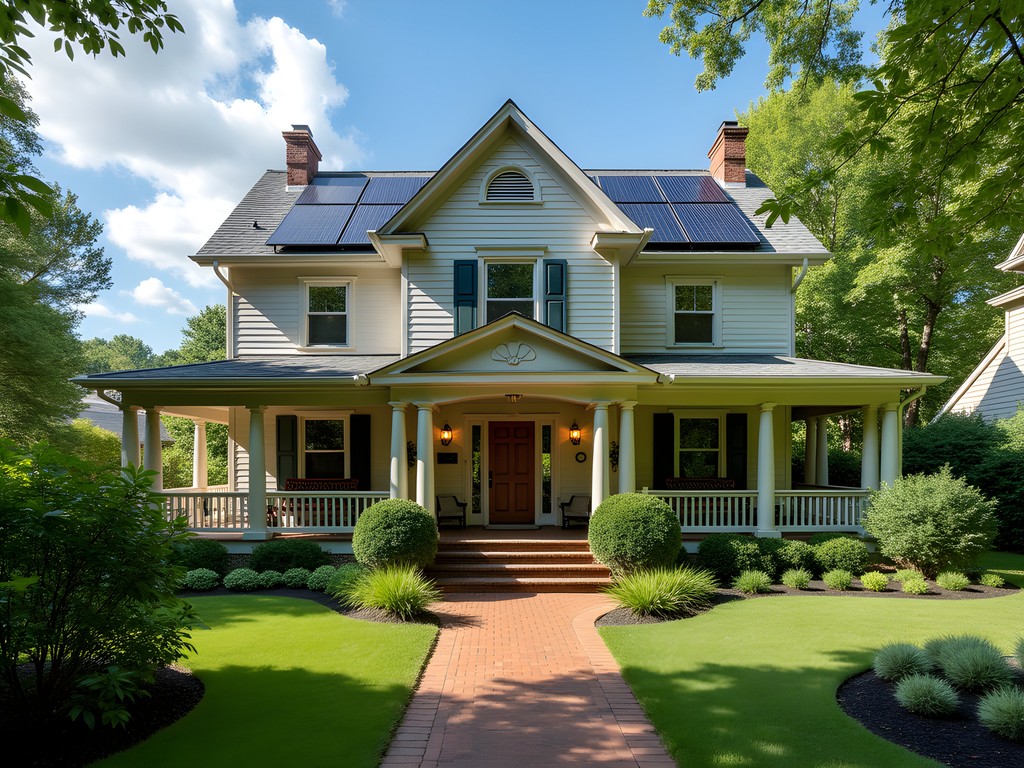
💡 Pro Tips
- Request south-facing rooms at Hotel Roanoke for natural heating in cooler months
- Black Lantern Inn's rooms 3 and 4 feature the most effective cross-ventilation for summer stays without AC
- If camping, choose elevated sites away from drainage paths as summer thunderstorms can cause rapid runoff
Roanoke River Greenway: Urban Flood Mitigation as Recreation
The 30-mile Roanoke River Greenway represents an ingenious approach to urban flood management doubling as recreational infrastructure. As climate change increases flooding events, cities worldwide are implementing similar projects—but Roanoke's stands out for its comprehensive integration with the urban environment.
Cycling the greenway from Wasena Park to Explore Park, I documented how the trail's permeable surfaces and adjacent rain gardens help absorb stormwater while creating habitat corridors. The system has reduced flooding impacts while providing a car-free transportation network connecting neighborhoods previously divided by the river.
For my greenway explorations, I used the packable daypack which proved perfect for carrying water, snacks, and my field equipment while being completely waterproof during an unexpected afternoon thunderstorm. Its ability to pack down to pocket-size meant I could easily stow it when stopping at riverside restaurants.

💡 Pro Tips
- The interactive flood history markers along the greenway provide fascinating context on how climate patterns have shaped the city
- Rent e-bikes from Roanoke Mountain Adventures to cover the entire greenway in a single day
- The section between Carilion Clinic and Wasena Park offers the best urban wildlife viewing opportunities
Final Thoughts
As my week in Roanoke Valley concludes, I'm struck by how this region serves as a living laboratory for climate adaptation through outdoor recreation. The integration of scientific understanding with adventure opportunities here offers valuable lessons for communities worldwide facing similar environmental challenges. From the microclimate variations along the Blue Ridge Parkway to the flood-resilient design of the Roanoke River Greenway, these outdoor spaces demonstrate how recreation and environmental resilience can reinforce each other.
For couples seeking both adventure and understanding, Roanoke offers a perfect balance of challenging activities and opportunities to witness climate adaptation strategies firsthand. As both an epidemiologist and adventure seeker, I've found few places that so seamlessly blend scientific interest with pure outdoor enjoyment. Pack your hiking boots, bring your curiosity, and prepare to experience a region where natural beauty and human ingenuity create a truly sustainable adventure landscape.
✨ Key Takeaways
- Roanoke Valley's elevation changes create distinct microclimates that offer diverse adventure opportunities within short distances
- The region demonstrates how outdoor recreation infrastructure can double as climate adaptation through thoughtful design
- Summer visits require flexible planning due to afternoon thunderstorms common in the mountain environment
- The combination of historical architecture and modern sustainability makes Roanoke ideal for couples seeking both adventure and learning opportunities
📋 Practical Information
Best Time to Visit
Late May through early October, with June offering optimal conditions
Budget Estimate
$1,200-1,800 per couple for one week including accommodations, activities and meals
Recommended Duration
5-7 days to experience the full range of activities
Difficulty Level
Moderate With Options To Scale Up Or Down Based On Fitness Level

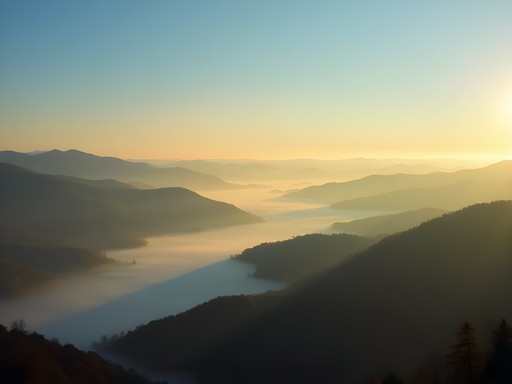

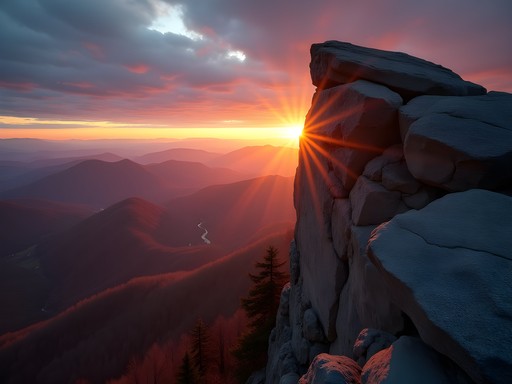
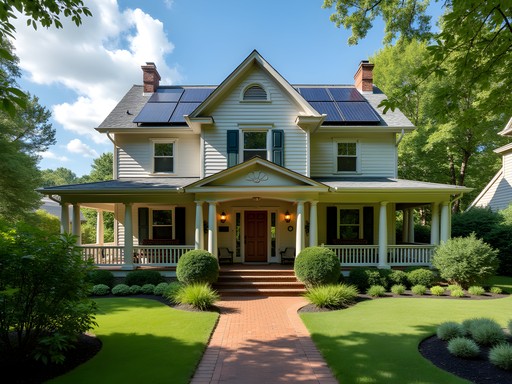
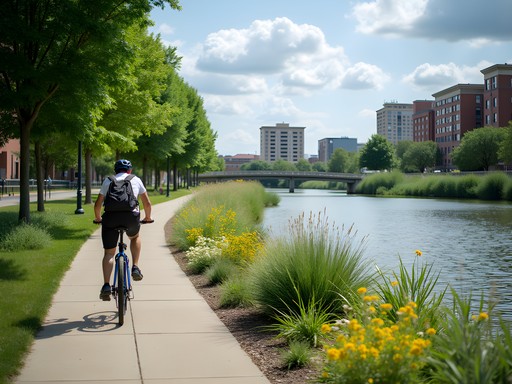


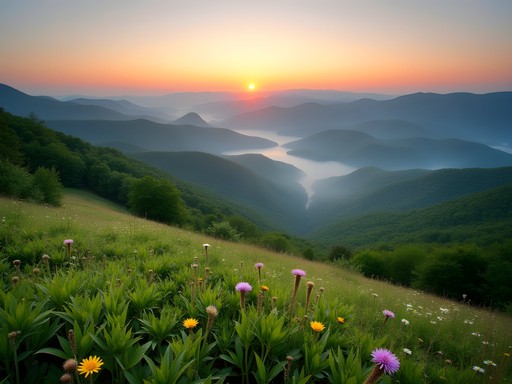






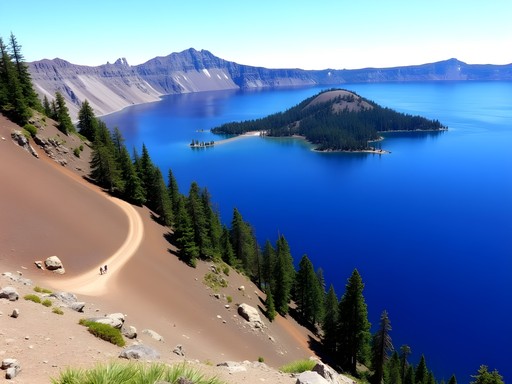
Comments
coolgal
Just got back from Roanoke and hiked Dragon's Tooth after reading your post! Those rock scrambles were no joke but the views were TOTALLY worth it! The weather changed like 3 times in one hike just like you mentioned about the microclimates. So cool to experience that firsthand!
cityadventurer
Dragon's Tooth is on my list too! Was it very difficult? I'm bringing my kids (10 & 12) on our trip.
coolgal
It's pretty challenging near the top - lots of rock scrambling where you need to use your hands. McAfee Knob might be better for kids that age. It's longer but less technical climbing.
Megan Martin
Matthew, I really appreciate your epidemiologist's perspective on outdoor spaces! Your section about the microclimates was fascinating. I stayed at that eco-lodge you mentioned near Carvins Cove last fall and was impressed by their rainwater collection system. For anyone planning a trip, I'd add that the shuttle service from downtown Roanoke to the trailheads on weekends is super convenient if you're trying to minimize your carbon footprint. The mountain biking at Carvins Cove is indeed world-class - they have great beginner-friendly trails (like Songbird) as well as technical routes for the more experienced. Did you get a chance to explore any of the local farm-to-table restaurants while you were there?
hikingphotographer
Great write-up on McAfee Knob! I'm planning to hike it this November. How challenging is the trail really? And did you have any issues with crowds since it's such an iconic spot on the AT?
Matthew Palmer
Thanks for reading! McAfee Knob is moderate difficulty - about 8.8 miles round trip with 1,700 ft elevation gain. November should be perfect with fewer crowds than summer. I'd start early (7-8am) to have some solitude at the overlook. The trail is well-maintained but bring your trekking poles for the rocky sections if you have knee issues.
hikingphotographer
Perfect, thanks for the info! Early start is definitely my plan. Looking forward to catching that morning light for photos.
cityadventurer
Wow, Roanoke Valley looks incredible! Those morning fog photos from Mill Mountain are giving me serious wanderlust. Adding this to my bucket list ASAP!
Megan Martin
Definitely worth the visit! I was there on business last year and extended my stay just to explore those trails. The Blue Ridge Parkway drives are spectacular in fall.
cityadventurer
That's great to hear! Did you get to try any of the mountain biking trails? I'm a total beginner but want to give it a shot.
HikingDoc
If you're doing McAfee Knob, go on a weekday! We went on a Saturday and barely found parking, even at 7am.
luckyclimber
Or try the shuttle service! $5 round trip from the 311 park and ride lot. Way less stressful than fighting for parking.
MountainBiker84
Those morning fog photos are absolutely stunning! 😍
TrailFan22
Heading to Roanoke next month with my family. Are there any easier trails you'd recommend for kids (ages 8 and 10)? Also curious about those sustainable accommodations mentioned - any specific recommendations?
Douglas Bradley
For kids that age, try the Mill Mountain Star Trail - it's about 3 miles round trip with moderate elevation gain and they'll love seeing the giant star up close. For accommodations, I stayed at the Black Lantern Inn near downtown - they've implemented some impressive water conservation systems and use 100% renewable energy. Great for families too!
TrailFan22
Thanks so much! Just booked the Black Lantern Inn. Kids are excited about seeing the star!
Douglas Bradley
Matthew, your epidemiological perspective on outdoor spaces is refreshing. I spent three days at Carvins Cove last fall and was impressed by how they've balanced watershed protection with recreational access. Did you happen to try the Gauntlet Trail? It's technically challenging but offers some compelling views of the reservoir system. I documented the changing forest composition along elevation gradients there for my blog series on climate adaptation in the Appalachians. Also found the trail map indispensable for identifying those microclimate zones you mentioned.
luckyclimber
The Gauntlet is no joke! Those rock gardens nearly sent me over my handlebars twice! Worth it though.
luckyclimber
Just hiked McAfee Knob last weekend! That section about footpath sustainability really hit home - the trail was way more crowded than when I visited 5 years ago. Did anyone else notice they're adding those stone steps on the steeper sections? Smart move to prevent erosion. That sunrise view was totally worth the 4am wake-up call though!
Douglas Bradley
The trail maintenance there is fascinating from an environmental management perspective. I interviewed one of the trail stewards last year who mentioned they're implementing a rotational rest system for certain trail segments. Apparently, they've documented a 32% reduction in erosion using this approach. Did you notice any closed-off sections during your hike?
luckyclimber
Yes! There was a small section about halfway up that had these little rope barriers with signs about regrowth. Pretty cool to see it working - lots of tiny plants coming back already!
Douglas Bradley
That's excellent to hear. I'm planning to revisit in October to document the seasonal changes. The Blue Ridge area has such fascinating microclimate variations, as Matthew pointed out in the article.
mountainqueen1844
Is spring or fall better for visiting? Gorgeous photos btw!
vacationwanderer
Not the author but I've been in both seasons. Fall colors are STUNNING but more crowded. Spring has fewer people and amazing wildflowers. Can't go wrong either way!
Venture X
Premium card with 2X miles, $300 travel credit, Priority Pass